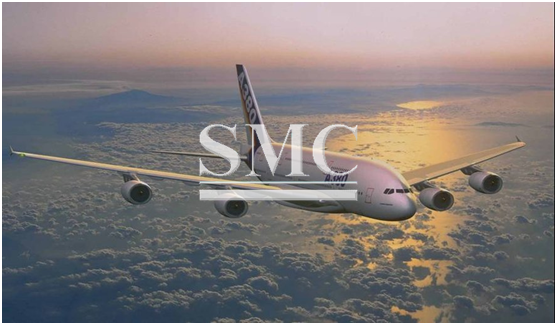
- المنتجات المعدنية منتجات الألومنيوم منتجات النحاس المنتجات المطلية بالمعادن المنتجات الفولاذية المقاومة للصدأ منتجات الفولاذ الكربوني خلط المعادن الخاص
- المشاريع لوحة الحواجز الفولاذية رف الخزانة الهياكل الفولاذية الجسر الفولاذي السقالة المواد الإنشائية المواد الخام الكيميائية One Stop Solutions for Projects
- الحاويات الحاويات القياسية لـ ISO الحاويات للمعدات الحاويات للتخزين والنقل دار الحاويات الحاويات المثلجة الحاويات القريبة السواحل
- الماكينات آلة تشكيل المعادن الآلات الأخرى آلة قطع المعادن آلة تصنيع المعادن آلة التعويج آلة تصنيع البلاط
- منتجات الماكينات صناعة السيارات المنوعات معدات الإرساء معدات السفينة أناء الضغط
- النظام الكهرباء والميكانيكي الكابل الكهربائي الأوتوماتيكي التنسيق الكهربائي نظام طاقة الشمس نظام حماية أمن الكهرباء آلة التحويل خط الأنتاج نظام الإضاءة
- المعدات الطبية منتجات الإطعام منتجات أنبوب إدخال القصبة الهوائية منتجات الرعاية المنتجات البلاسبيكية
- epc مشاريع
- آلات البناء
- خط أنابيب النفط
- خط أنابيب المياه
- انبوب الغاز
- مستلزمات السفن والرباط
- المعادن للزخرفة/ للديكور
- مكونات المحولات
- أنابيب التبادل الحراري
- قطع غيار تكييف الهواء ومستلزماته
- سخان مياه
- أدوات المطبخ و الحمام
- المعادن للأجهزة المنزلية
- أجهزة الطاقة الشمسية
- المصعد الكهربائي
- الأسطح والأسقف
- الكابلات
- الخزانات
- التعبئة والتغليف
- قطع غيار الآلات والمعدات ومستلزماته
- القوالب
- قطع غيار السيارات
- السكك الحديدية و رافعات السكك الحديدية
- تركيب الأجهزة
- الكاشطة
- معدات بناء الطرق
- المكونات الإلكترونية
- اعمال البناء ومواد الديكور
- الأبواب والنوافذ
- الثلاجات
High-Strength Low-Alloy Steels
High-strength low-alloy (HSLA) steels, or microalloyed steels, are designed to provide better mechanical properties and/or greater resistance to atmospheric corrosion than conventional carbon steels in the normal sense because they are designed to meet specific mechanical properties rather than a chemical composition.
The HSLA steels have low carbon contents (0.05-0.25% C) in order to produce adequate formability and weldability, and they have manganese contents up to 2.0%. Small quantities of chromium, nickel, molybdenum, copper, nitrogen, vanadium, niobium, titanium and zirconium are used in various combinations.
HSLA Classification:
Weathering steels, designated to exhibit superior atmospheric corrosion resistance.
Control-rolled steels, hot rolled according to a predetermined rolling schedule, designed to develop a highly deformed austenite structure that will transform to a very fine equiaxed ferrite structure on cooling.
Pearlite-reduced steels, strengthened by very fine-grain ferrite and precipitation hardening but with low carbon content and therefore little or no pearlite in the microstructure.
Microalloyed steels, with very small additions of such elements as niobium, vanadium, and/or titanium for refinement of grain size and/or precipitation hardening.
Acicular ferrite steel, very low carbon steels with sufficient hardenability to transform on cooling to a very fine high-strength acicular ferrite structure rather than the usual polygonal ferrite structure.
Dual-phase steels, processed to a micro-structure of ferrite containing small uniformly distributed regions of high-carbon martensite, resulting in a product with low yield strength and a high rate of work hardening, thus providing a high-strength steel of superior formability.
The various types of HSLA steels may also have small additions of calcium, rare earth elements, or zirconium for sulfide inclusion shape control.
